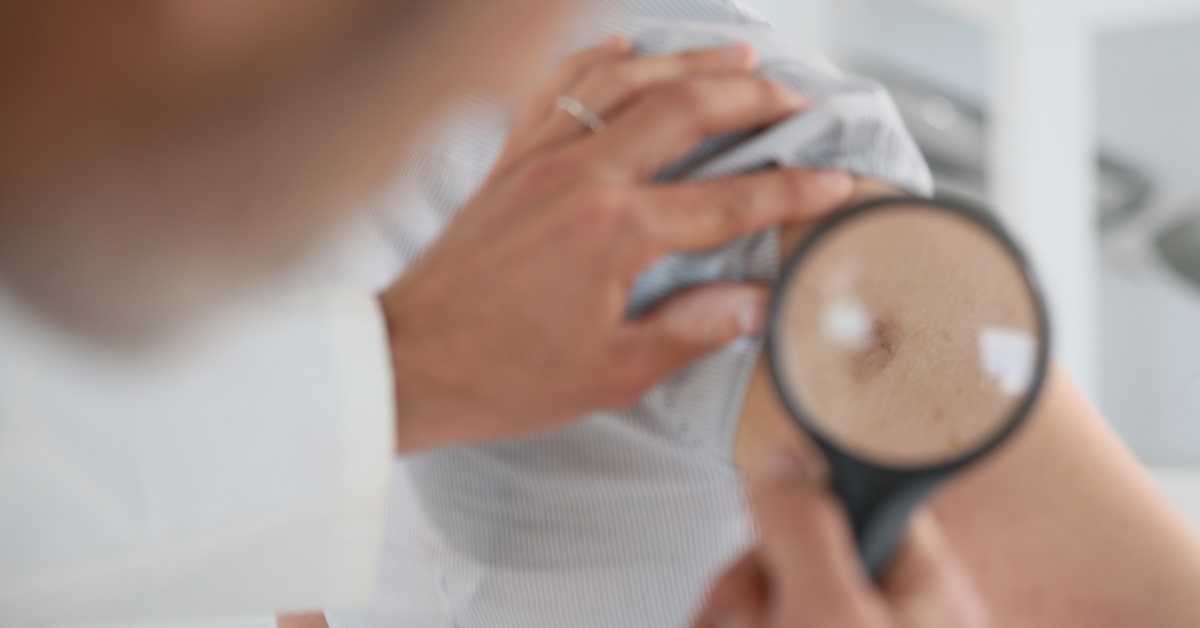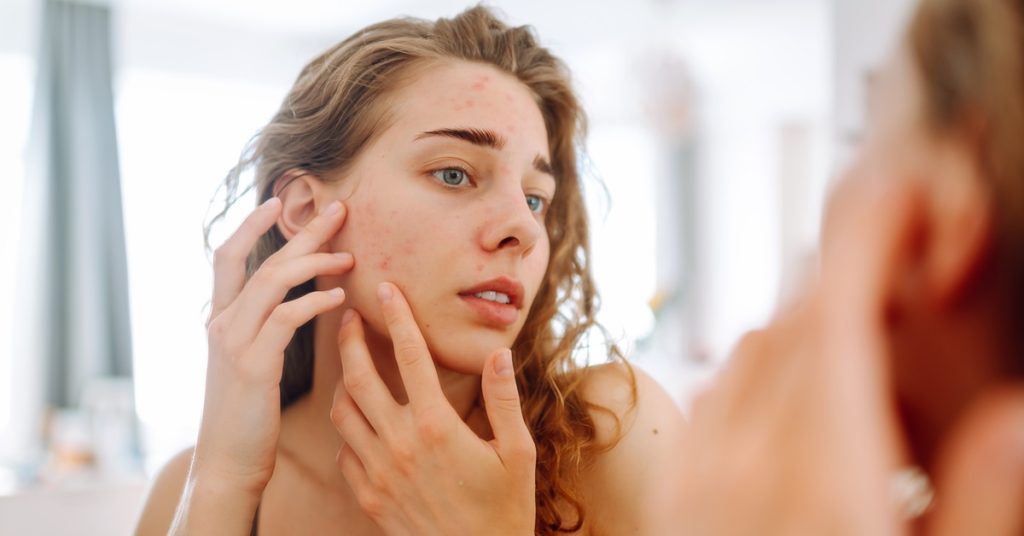What are the Different Types of Skin Cancer Surgeries?

Skin cancer is a serious health concern that requires prompt medical intervention. Surgeries are often recommended as the primary treatment option for several types of skin cancer. Understanding the importance of these surgeries and the distinct types available can help you make informed decisions about your healthcare.
Skin cancer surgeries aim to eliminate cancerous growths and prevent them from spreading to other parts of the body. Early detection and timely surgical intervention are crucial in achieving favorable outcomes and reducing the risk of complications.
Different Types of Skin Cancer and Their Treatment Options
There are several types of skin cancer, including basal cell carcinoma, squamous cell carcinoma, and melanoma. The type and stage of skin cancer determine the appropriate surgical treatment. Some common types of skin cancer surgeries include excisional surgery, Mohs surgery, curettage and electrodesiccation. These surgical procedures aim to remove cancerous cells while preserving healthy tissues to ensure optimal outcomes for patients.
Mohs Surgery
What is Mohs surgery?
Mohs surgery is a specialized technique used for the treatment of skin cancer. It is a precise and meticulous procedure that involves removing cancerous tissue layer by layer, examining it under a microscope, and repeating the process until no cancer cells remain. This ensures complete removal of the cancer while preserving as much healthy tissue as possible. Mohs surgery is often recommended for skin cancers located in areas where tissue preservation is critical, such as the face, ears, and hands.
Benefits and limitations of Mohs surgery
The primary benefit of Mohs surgery is its high cure rate. By examining the removed tissue immediately, the surgeon can ensure that all cancer cells are removed before the wound is closed. This reduces the likelihood of the cancer recurring. Additionally, Mohs surgery minimizes the removal of healthy tissue, resulting in better cosmetic outcomes compared to traditional excisional surgeries. However, Mohs surgery is typically time-consuming and may not be suitable for all cases, especially large or deep tumors. It requires specialized training and expertise for optimal results.
Excisional Surgery
Excisional surgery for skin cancer removal
Excisional surgery is a common and effective technique used for the removal of skin cancer. This procedure involves cutting out the cancerous area along with a surrounding margin of healthy tissue. The excision is performed under local anesthesia, and the removed tissue is sent to a laboratory for examination to ensure complete removal of the cancerous cells. Excisional surgery is suitable for several types of skin cancer, including basal cell carcinoma, squamous cell carcinoma, and melanoma.
Healing process and potential risks
After excisional surgery, the wound is closed with sutures, and a dressing is applied to protect it. The healing process usually takes a few weeks, and the scar may fade over time. It is important to follow the surgeon’s instructions for wound care to facilitate proper healing. Potential risks of excisional surgery include infection, bleeding, scarring, and the possibility of cancer recurring if not completely removed. It is crucial to consult with a qualified dermatologist or surgeon to determine the most appropriate surgical approach for your specific case.
Cryosurgery
Overview of cryosurgery and its uses in skin cancer treatment
Cryosurgery, also known as cryotherapy, is a common surgical technique used in the treatment of skin cancer. It involves freezing the cancerous tissue using extremely cold temperatures. This freezing process destroys the cancer cells by forming ice crystals within them, causing them to die off.
Cryosurgery is primarily used for treating certain types of non-melanoma skin cancers, such as basal cell carcinoma and squamous cell carcinoma. It may also be an option for treating precancerous skin conditions like actinic keratosis.
Procedure, effectiveness, and aftercare
During cryosurgery, liquid nitrogen or another cryogenic substance is applied directly to the cancerous area using a spray or a cotton swab. The freezing process typically takes a few seconds to a minute, depending on the size and location of the lesion.
Cryosurgery is considered effective for small, superficial skin cancers. It has a high cure rate and usually requires no sutures or anesthesia. After the procedure, a blister or scab may form at the treatment site, which will eventually heal, leaving minimal scarring.
Proper aftercare is crucial to promote healing and prevent infection. Patients are typically advised to keep the treated area clean and dry, avoid picking at any scabs or blisters, and follow their healthcare provider’s instructions for dressing changes and any necessary medications.
It is important to consult with a dermatologist or surgeon to determine if cryosurgery is the most suitable option for your specific type and stage of skin cancer. They will be able to provide personalized guidance on the best course of treatment for your individual case.
Curettage and Electrodesiccation
How curettage and electrodesiccation work for skin cancer removal
Curettage and electrodesiccation is a common surgical technique used for the removal of certain types of skin cancer. The procedure involves two main steps: curettage and electrodesiccation.
During the curettage stage, the cancerous tissue is scraped off using a sharp instrument called a curette. This helps in the removal of the visible tumor and any additional abnormal cells. After curettage, electrodesiccation is performed, which involves using an electric current to destroy any remaining cancer cells and to control bleeding.
Advantages and potential complications
Curettage and electrodesiccation offer several advantages as a treatment option for skin cancer. It is often a quick and simple procedure that can be performed on an outpatient basis. It also requires minimal downtime and leaves a small scar.
However, like any surgical procedure, there are potential complications associated with curettage and electrodesiccation. These may include infection, bleeding, scarring, and the possibility of incomplete tumor removal. It is essential to consult with a dermatologist or surgeon to determine if this procedure is suitable for your specific type of skin cancer and to discuss the potential risks and benefits.
Laser Surgery
Laser surgery in skin cancer treatment
Laser surgery is a commonly used technique for the treatment of skin cancer. It involves the use of a high-energy laser beam to remove cancerous cells. The laser beam selectively targets and destroys cancerous tissue while minimizing damage to the surrounding healthy skin. This procedure is often used for smaller and superficial skin cancers.
Pros and limitations of using lasers.
One of the main advantages of laser surgery is its precision. The laser can target specific areas, making it effective for removing tumors in delicate or hard-to-reach areas. It also cauterizes the blood vessels, reducing bleeding during the procedure. Additionally, laser surgery typically results in minimal scarring and a faster healing process compared to traditional surgical methods.
However, it is important to note that laser surgery may not be suitable for all types of skin cancer. It is typically used for superficial basal cell carcinomas and squamous cell carcinomas. It may not be as effective for deeper or more aggressive forms of skin cancer. It is crucial to consult with a dermatologist or surgeon to determine the most appropriate treatment option for your specific type of skin cancer.
Final Thoughts
When it comes to treating skin cancer, there are several types of surgeries available, depending on the specific needs of the patient. If you have questions about what type of surgery may be best for you, then schedule an appointment with one of our board-certified dermatologists, who will be glad to answer all your questions.



